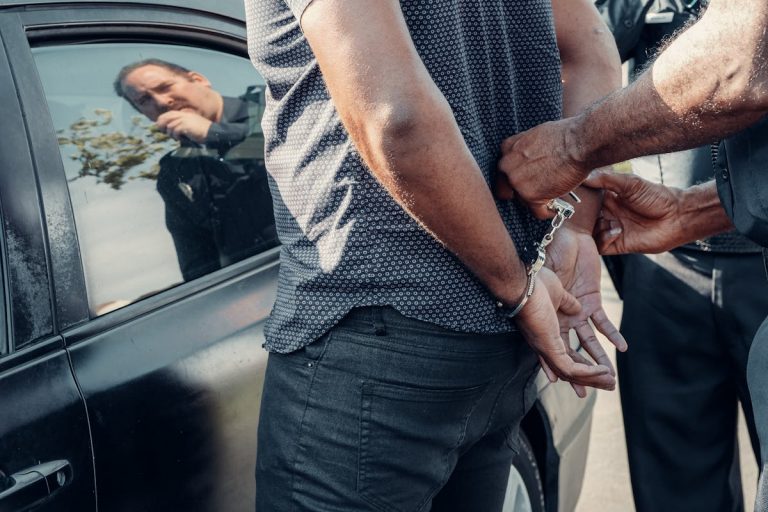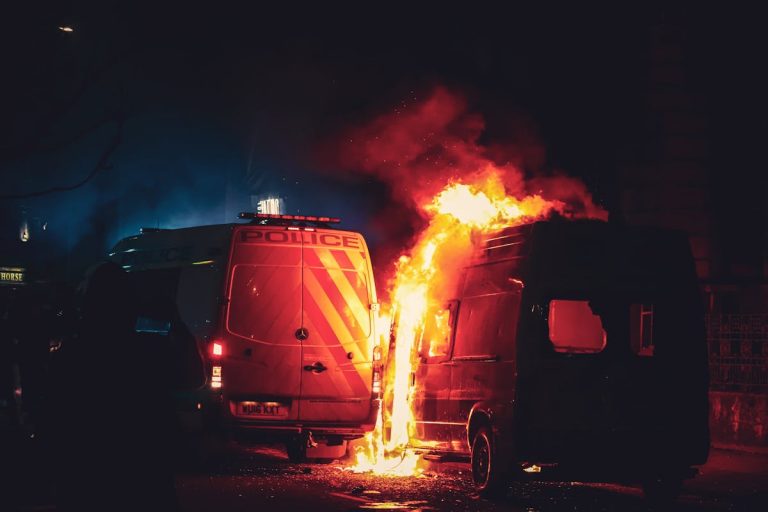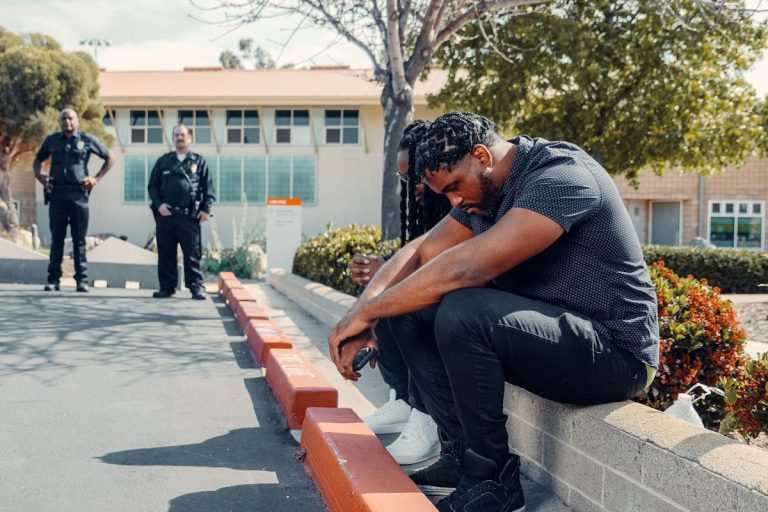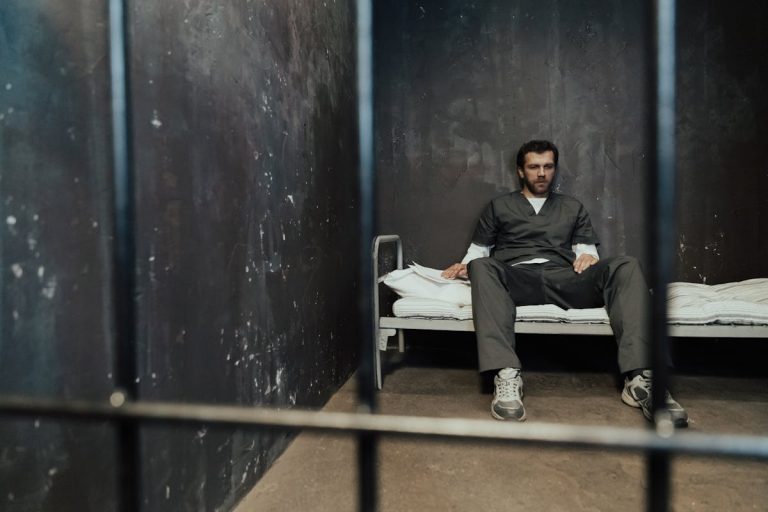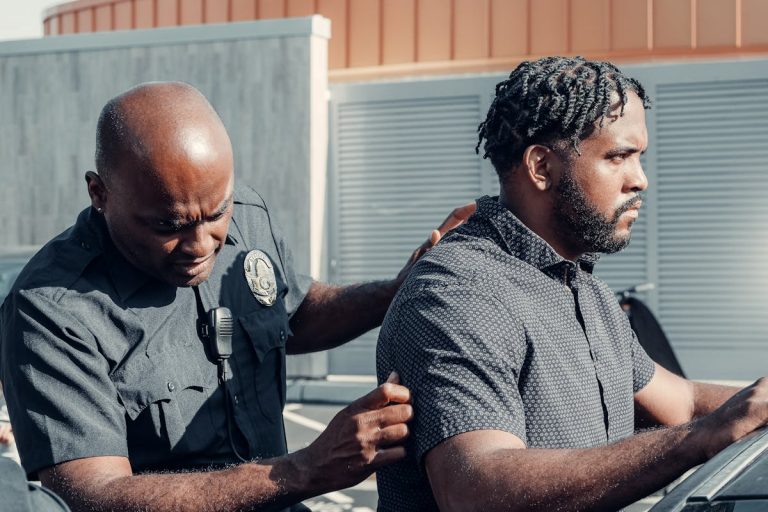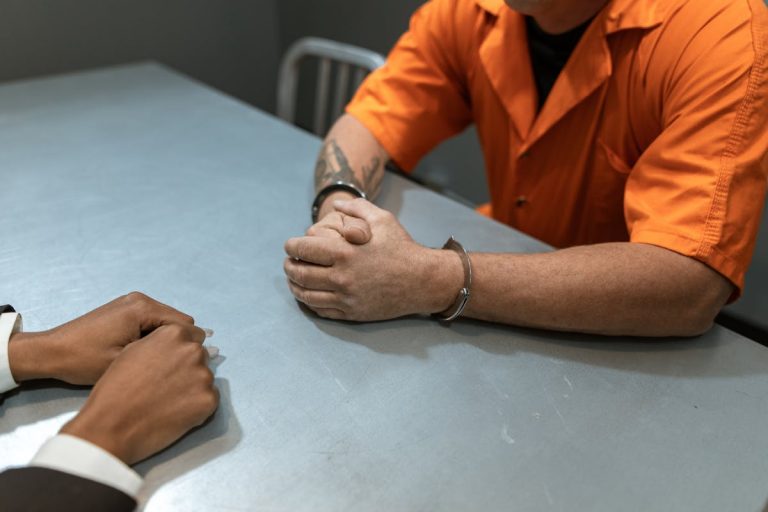In the context of civil demonstrations, understanding the parameters of your legal rights when detained or arrested can be a vital tool for protection against potential overreach. These rights, including the right to remain silent and the ability to request legal counsel, can serve as an invaluable shield against inadvertent self-incrimination. While compliance with law enforcement is essential, it is equally important to remember that it does not equate to a forfeiture of these rights. As we proceed, let’s explore the complexities of these interactions further, and the significance of documenting these encounters where possible.
Understanding Your Basic Rights
In the heat of a protest, a demonstrator’s fundamental rights may often seem blurred or forgotten. However, understanding your basic legal rights as a protester is vital. Irrespective of the circumstances, these rights remain intact and are protected under the law.
To begin with, the right to freedom of speech is fundamental. This allows protesters to express their political opinions, grievances, or demands openly. However, it’s important to understand that this right isn’t absolute and has its limitations. For instance, incitement to violence or hate speech can be considered illegal.
Secondly, the right to assembly is essential. Protesters are allowed to gather in public spaces for peaceful demonstrations. However, certain rules may apply depending on the jurisdiction, such as obtaining permits or observing designated protest zones.
Additionally, if detained, protesters have the right to remain silent and the right to legal counsel. It’s important for a demonstrator to know these rights and assert them if necessary.
Knowing your rights is only half of the equation; protester responsibilities should not be overlooked. Demonstrators must respect the rights of others, avoid engagement in illegal activities, and follow the instructions of law enforcement officers. This understanding helps to guarantee the protest remains lawful and peaceful.
The Right to Peaceful Protest
In the context of civic engagement, the right to peaceful protest is a fundamental aspect of democratic societies, protected under international law and often within national constitutions. This legal safeguard, however, operates within a framework of parameters that define its limitations and the legal consequences of transgressions. Consequently, it is essential for individuals engaging in protest activity to comprehend the boundaries of this right, the legalities associated with it, and the potential ramifications of non-compliance.
Understanding Peaceful Protest
The fundamental right to peaceful protest is deeply entrenched in democratic societies across the globe. This right forms the backbone of an open society, facilitating discourse, dissent, and progress. It is often exercised through peaceful assembly, a form of expression that allows individuals to gather and collectively voice their concerns, critiques, or demands.
Peaceful protest, however, is not a carte blanche for any form of action. It is essential to distinguish it from unlawful activities. Civil disobedience, for instance, is a significant aspect of protest culture. While it involves the deliberate violation of laws to make a political point, it does not equate to violence or destruction. Civil disobedience operates within the purview of peaceful protest, provided the actions remain non-violent and respectful of others’ rights.
Understanding peaceful protest is vital for the informed citizen. It allows one to navigate the complexities of democratic participation effectively, to recognize the line between legitimate protest and unlawful action, and to exercise one’s rights while respecting those of others. This understanding is the first step in asserting your rights, particularly when detained or arrested during a protest.
Limitations and Legalities
Maneuvering the legal landscape of peaceful protest requires a clear understanding of its limitations and legalities. One must comprehend the extent to which they can engage in peaceful protest, and be aware of the detention limitations and potential legal consequences.
The principle of the right to peaceful protest is enshrined in the constitution, but it is not absolute. It is subject to restrictions based on time, place, and manner, which are typically defined by local ordinances. If these rules are breached, it could lead to detention. However, detention limitations exist. Law enforcement cannot detain you indefinitely without a charge. If charges are not filed within a reasonable time, typically 24 to 48 hours, you must be released.
Legal consequences also accompany breaking protest laws. These may range from minor offenses, such as disturbing the peace, to more serious charges like rioting or assault. It is crucial to understand that while the right to protest is protected, it does not shield one from the consequences of illegal activities undertaken during the protest.
The intricacies of limitations and legalities underline the importance of informed participation in peaceful protests.
Detention vs. Arrest: The Differences
Understanding the distinctions between detention and arrest is essential when maneuvering the complexities of law enforcement encounters during protests. The two terms, though often used interchangeably, have significant procedural and legal differences that you should be aware of.
Detention procedures, generally, are brief and limited in scope. Law enforcement officers may detain an individual briefly if they have a reasonable suspicion that the person has been, is, or is about to be involved in a crime. It’s a temporary hold, designed to allow officers to maintain control of a situation, conduct a brief investigation, or guarantee their own safety.
Arrest protocols, on the other hand, are more formal and thorough. An arrest occurs when law enforcement officers take someone into custody with the intention of charging them with a crime. To effectuate an arrest, officers must have probable cause to believe the individual has committed a crime. An arrest typically leads to a longer deprivation of freedom and initiates the formal criminal justice process.
Understanding these distinctions will empower you to better navigate interactions with law enforcement, particularly in the context of protests where tensions may run high.
Your Rights During Detention
Given the nuances between detention and arrest, it becomes paramount to comprehend the specific rights you possess when detained by law enforcement, particularly in the midst of a protest. Detention rights are fundamental legal protections that every citizen should be aware of.
Firstly, the right to remain silent is a cornerstone of your detention rights. It’s important to remember that anything you say can and will be used against you in a court of law. Expressing this right can prevent inadvertent self-incrimination.
Secondly, you have the right to refuse a search without a warrant. Law enforcement may ask for your consent to search you or your belongings, but you are allowed to respectfully decline this request.
Thirdly, you have the right to a lawyer. If you can’t afford one, the court will provide one for you. This right is essential in maintaining fair treatment during detention.
Lastly, remember to follow protest guidelines to reduce risk of detention. This includes staying in public areas, remaining peaceful, and obeying lawful orders from law enforcement. Knowing your rights and exercising them appropriately can protect your freedoms during a protest and any subsequent detention.
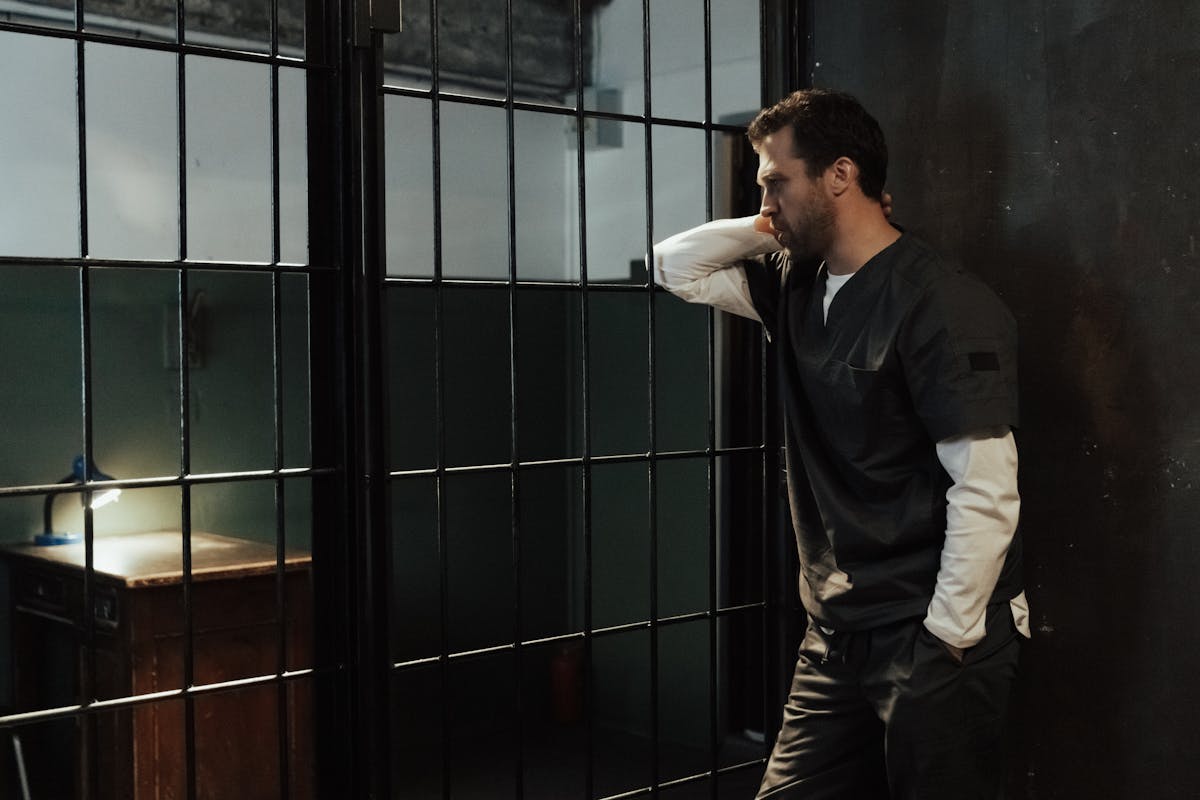
Procedures After an Arrest
The aftermath of an arrest can often feel overwhelming, even disorienting. Understanding post-arrest procedures can provide a measure of control during this stressful period. Once you are taken into custody, the police will initiate a process known as “booking”. This involves collecting your personal information, fingerprinting, and photographing you for legal documentation.
Typically, a law enforcement officer will read you your Miranda rights – the right to remain silent, to have an attorney present during questioning, and to have a court-appointed attorney if you cannot afford one. It is important to remember these rights and invoke them appropriately.
Following this, you may be held in a jail cell until a bail hearing, where the judge will determine if you can be released on bail. It is essential to consult with a legal representative as soon as possible during this time to help navigate the complexities of the legal system.
Note that in some jurisdictions, if you are arrested during a protest, you might be released on your own recognizance without having to post bail. But this is contingent on the specifics of the situation and local statutes. Always refer to your legal counsel for advice.
Dealing With Police Interactions
Maneuvering interactions with law enforcement during a protest requires a keen awareness of your rights and responsibilities. Understanding police tactics is essential to navigate these interactions effectively, ensuring respectful dialogue and preventing potential altercations. Familiarizing yourself with the common practices of law enforcement, such as the use of crowd control measures or detainment procedures, can provide an advantage when participating in protest strategies.
While the right to protest is constitutionally protected, it is important to remember that this does not grant immunity from law enforcement’s authority. Complying with police directives does not mean surrendering your rights. You can respectfully assert your rights, such as the right to remain silent, without escalating the situation.
During any interaction with the police, remember to stay calm and composed. Do not resist arrest, even if you believe it to be unlawful, as this could lead to additional charges. If you have a smartphone, consider recording the interaction as long as it is legal and safe to do so. This could serve as an invaluable tool for accountability and a potential evidentiary item should legal issues arise.
Note: This section does not discuss when to involve a lawyer. That is covered in the subsequent subtopic, “Legal Assistance: When to Involve a Lawyer”.
Legal Assistance: When to Involve a Lawyer
Understanding your rights when interacting with law enforcement during a protest is just one aspect of the equation. Another vital component is knowing when to involve a lawyer. This is a decision that should not be taken lightly, as it can have significant implications on the outcome of your case.
Engaging in lawyer consultation at the earliest opportunity can be essential. The sooner you secure legal representation, the better equipped you will be to navigate the complexities of the legal system. A lawyer can provide invaluable assistance in understanding and asserting your rights, challenging any charges you may face, and advocating for your best interests throughout the legal process.
It’s important to note that even if you believe you have not violated any laws, legal representation is still highly recommended. This is because the nuances and intricacies of the law can be difficult to grasp without professional guidance. Additionally, law enforcement may not always respect your rights, so having a lawyer to guarantee they do can be beneficial.
Protecting Your Rights at Future Protests
The subsequent focus of our discourse will center on the vital topic of safeguarding your rights in the context of future protests. This will involve an in-depth exploration of the legal protections available to you, followed by detailed guidance on pre-protest preparation strategies. Our aim is to equip you with the necessary knowledge and tools to assert your rights effectively and legally during public demonstrations.
Understanding Legal Protections
While it is vital to express your opinions freely, it is equally important to be aware of your legal protections when participating in a protest. As a participant, you are shielded by the First Amendment, which guarantees the right to peaceful assembly and freedom of speech. Knowing the legal terminology associated with protests will enhance your understanding of these protections.
For instance, ‘unlawful assembly’ is a term often used in the context of protests. This legal term is typically used when three or more individuals gather with an intent to commit a crime or cause a disturbance. Although it is a broad definition, it does not include peaceful protests, which are constitutionally permitted.
In addition, ‘disorderly conduct’ is another legal term frequently associated with protests. This term refers to behavior that could cause public inconvenience, annoyance, or alarm, including disruptive protests. However, it does not cover peaceful demonstrations.
Protest documentation is another significant aspect of understanding your legal protections. This includes capturing photos, videos, and notes of the protest, particularly any interactions with law enforcement. It serves as a legal shield, providing evidence in case your rights are violated. It is important to remember that your right to document is protected under the First Amendment.
Pre-Protest Preparation Tips
To better safeguard your rights at future protests, a degree of pre-protest preparation is advisable. This encompasses elements of both protest planning and safety measures, forming a two-pronged approach to ensuring your legal protection.
Protest planning involves knowing your rights, researching the rules specific to the location of the protest, and understanding the potential legal consequences of arrest or detention. It includes elements such as understanding how to handle police interactions, planning a meeting spot with friends or fellow protestors in case of separation, and identifying local legal aid organizations that can provide assistance if needed.
Safety measures form an integral part of pre-protest preparation. These measures include practical steps like wearing comfortable, protective clothing, carrying identification and emergency contact information, and keeping a basic first aid kit. It is also advisable to carry a written copy of your legal rights in case of detainment or arrest.
Frequently Asked Questions
What Are the Potential Penalties for Resisting Arrest at a Protest?
The consequences of resistance to arrest can be serious, potentially resulting in charges like obstruction of justice or assault. However, legal defenses are available, often depending on the circumstances and the conduct of law enforcement.
Can Police Legally Use Tear Gas and Rubber Bullets During Peaceful Protests?
Yes, law enforcement agencies can legally utilize tear gas and rubber bullets as crowd control measures during peaceful protests, if they deem it necessary to maintain public safety or disperse unruly or unlawful assemblies.
What Types of Protest Activities Could Potentially Lead to an Arrest?
Protest activities such as marching violations or acts of civil disobedience, including trespassing, vandalism, or resisting law enforcement commands, could potentially lead to an arrest, depending on the jurisdiction and specific laws in place.
Can My Social Media Activity Be Used Against Me if I Am Arrested at a Protest?
Yes, your social media activity can be utilized in legal proceedings. It’s essential to understand that your online activity is subject to scrutiny, highlighting the importance of social media privacy and online accountability.
What Happens if a Minor Is Detained or Arrested During a Protest?
When a minor is detained or arrested, juvenile rights come into play. Law enforcement must notify parents promptly. The minor’s legal protections and potential consequences depend on their age and the nature of the alleged offense.
